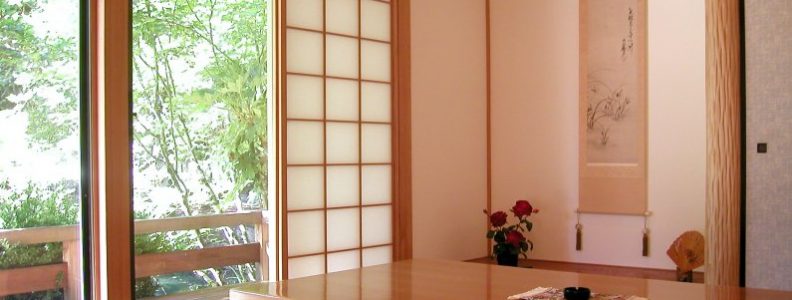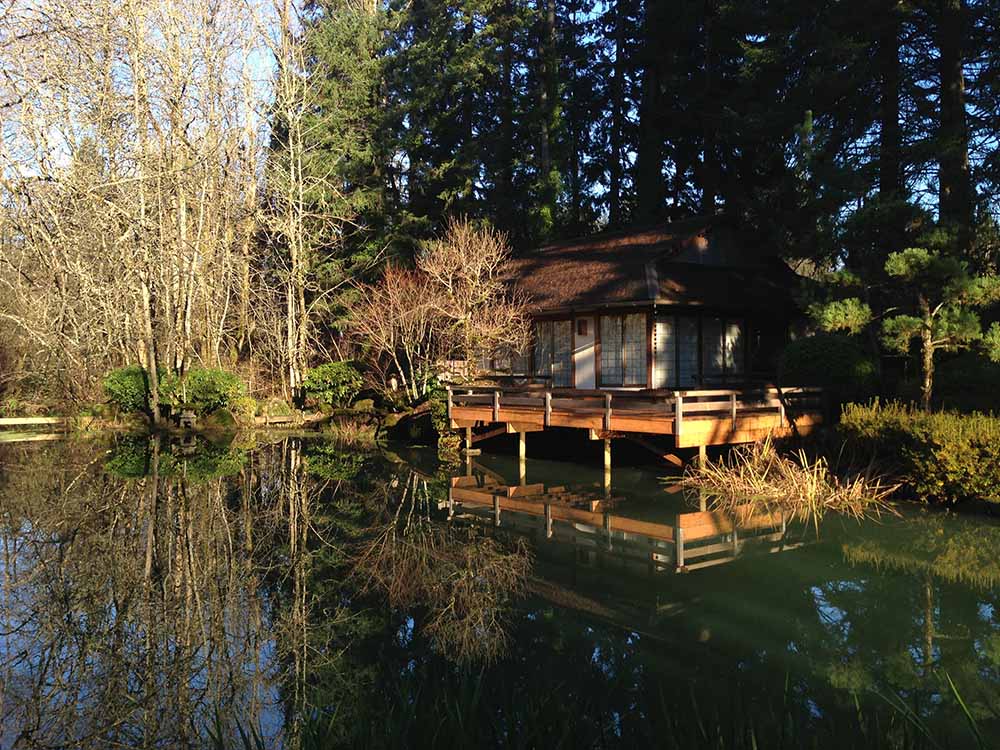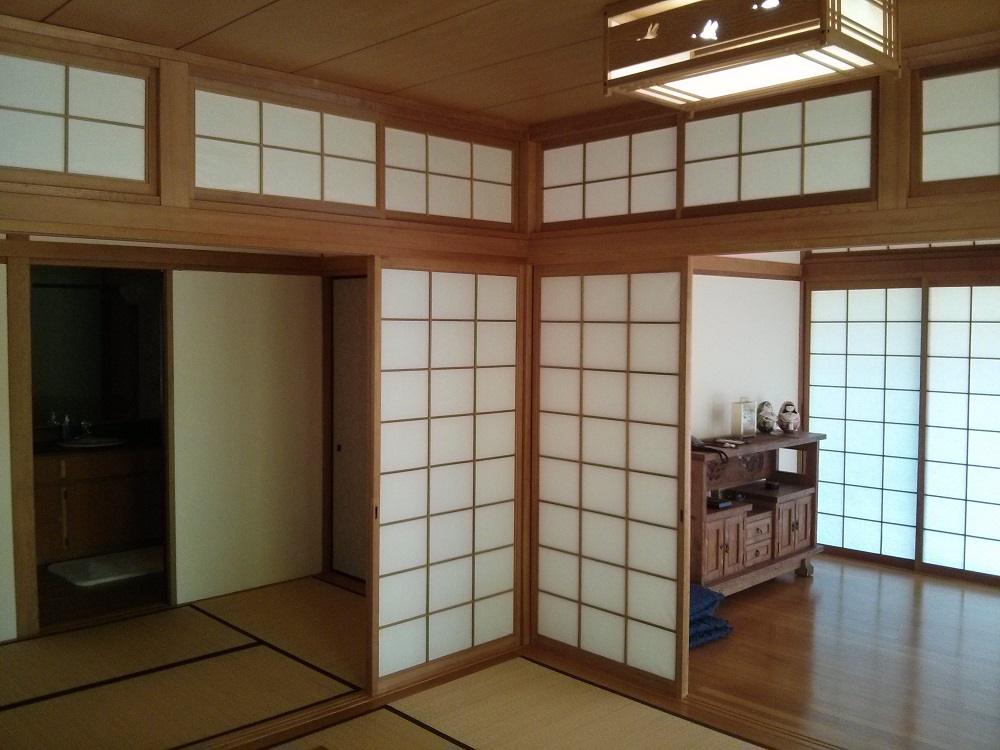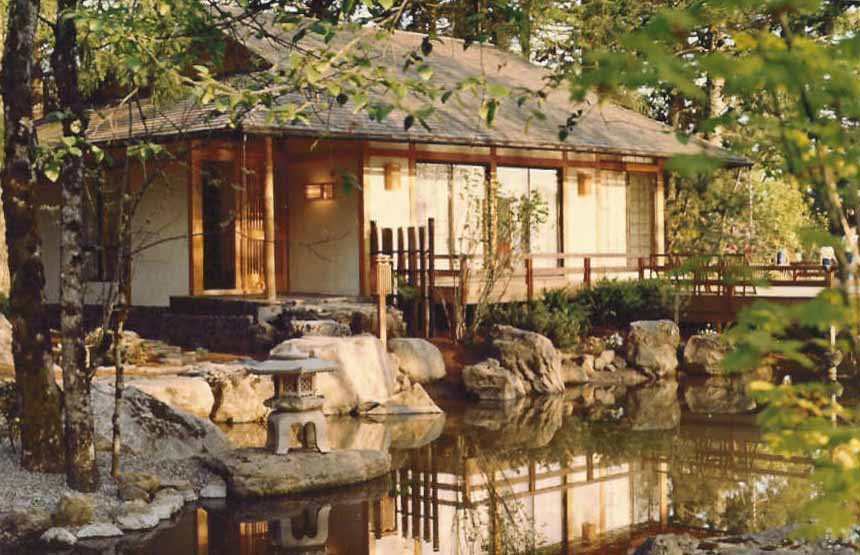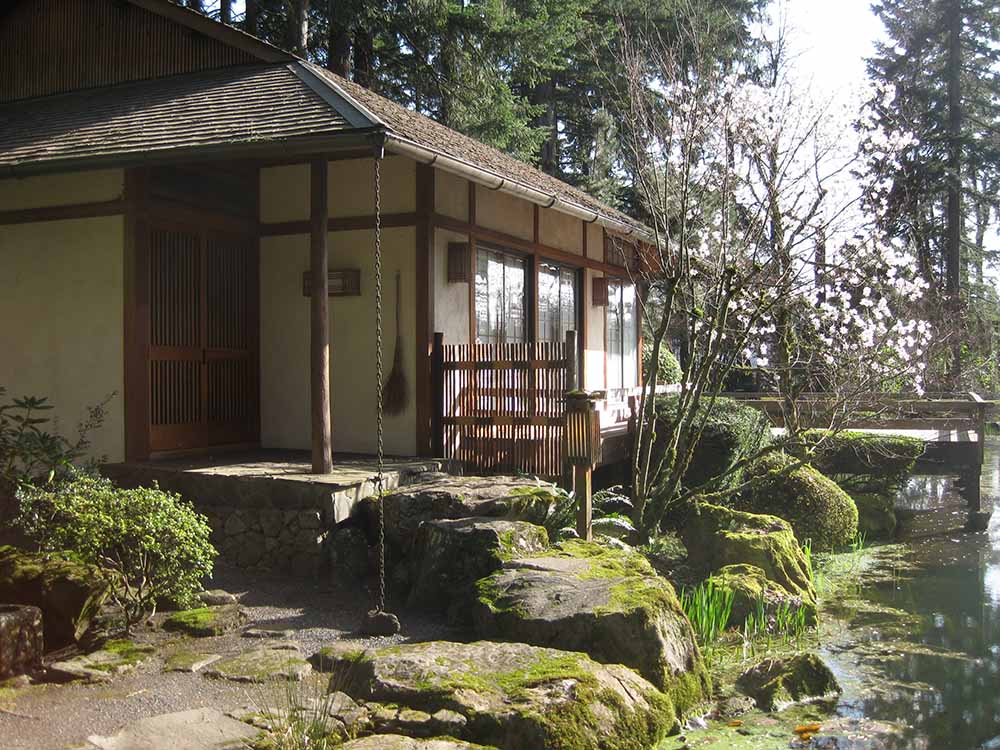
当たり前品質
Atarimae Hinshitsu
There are two Japanese expressions for “quality”. The first expression is atarimae hinshitsu, (当たり前品質) which is the concept that things should work as they are supposed to. For example, flooring has a functional part in the house and when the functionality is met, atarimae quality is met.
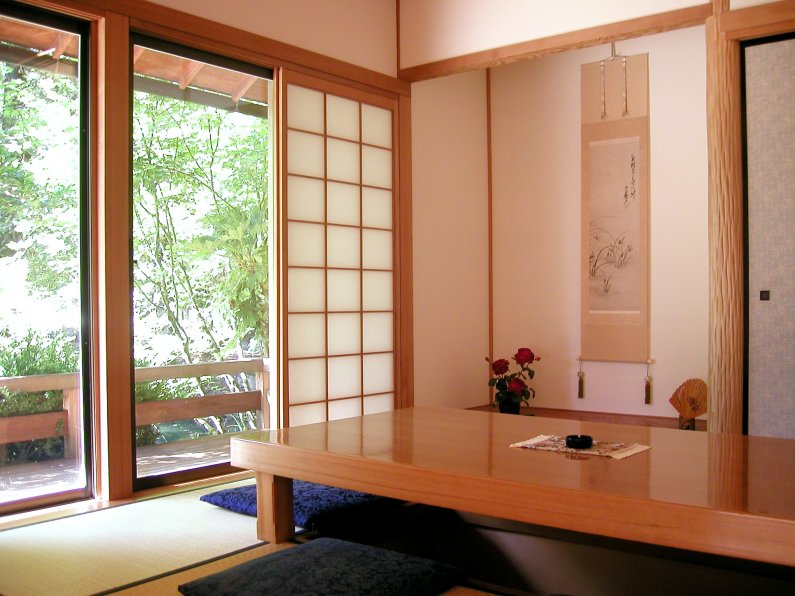
魅力的品質
Miryokuteki Hinshitsu
The second Japanese expression for quality is miryoku teki hinshitsu(魅力的品質) which is the concept that things should have an aesthetic quality which is different from the functional quality of “atarimae hinshitsu.” So the miryoku teki of wood in a house would include the rich depth of color, fine grain texture, the absence of knotholes or defect. It is aesthetic quality that appeals not to a person’s need for functionality, but rather to a person’s desire to surround themself with inherently beautiful things.
Each piece is selected by hand.
Started in 1980, and taking almost 2 years to complete, the purpose of The Teahouse is to demonstrate Vanport’s commitment to Japanese tradition and quality. Each piece of lumber was carefully hand-selected as it came through the sawmill. The classically trained carpenter took into consideration that both atarimae hinshitsu and miryokuteki Hinshitsu were met throughout the project. True to tradition, the Teahouse was built using 1000-year-old “Zairai 在来” or “Post and Beam” construction techniques. This involves intricate hand carving of the wood at each of the joinery locations, much like pieces of a puzzle. The end result is a balance of craftsmanship and natural beauty. It is a symbol of our dedication to quality and customer service. Today The Teahouse serves as a familiar environment for us to showcase the variety of products Vanport offers, in use, in their final form.

